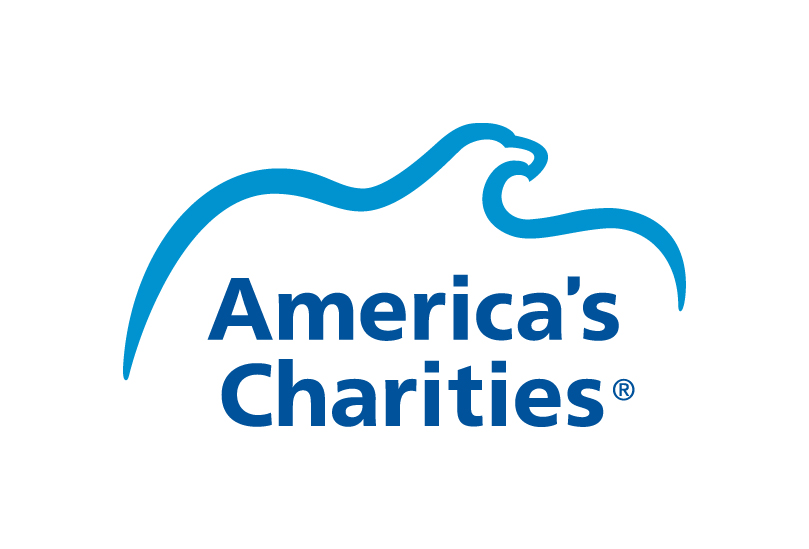'Employee Engagement' Is Great, But Will Charities End Up Losing?

By Steve Delfin, President & CEO, America's Charities
Over the 14 year history of the Charities@Work Conference, which just took place April 3-4 in New York, we’ve seen the workplace giving discussion move from providing access to more charities and more choice for employees in their company workplace giving campaigns, to the impact of technology on those campaigns, to where employee workplace giving fits in the corporate citizenship and social responsibility spectrum (turns out its “employee engagement”), to best practices in employee engagement and their impact on corporate goals related to retention, employee satisfaction, and corporate reputation.
All of this is great. But I’m worried. I’m worried that we are losing sight of a very important aspect in this equation – raising funds for charity. I’m worried we have lost sight of the fact that the reason employee workplace giving is one of the most important forms of charitable giving is because it generates the most important and most leveragable dollars a charity can raise – unrestricted funds.
As one of the organizations that founded and underwrites the annual Charities@Work Conference, America’s Charities applauds and supports the more strategic and progressive approach which recognizes that employee workplace giving is part of a bigger whole. In the communications and public relations fields where I cut my teeth, there is a long standing and accurate adage that says in order to elicit a desired behavior from an audience, you must first create awareness. Awareness will then lead to understanding and ultimately support; support being things like taking an action such as signing a petition to protect a river, buying a product or service, and yes -- giving money.
Awareness = Understanding = Support
When you think about it, this basic equation, awareness = understanding = support, is eloquent and effective in its simplicity. But as the employee giving discussion has evolved, so have the metrics.
I spent the early part of my professional life with United Way where I saw the value of fundraising goals in workplace giving. But I also saw the negative effect of the lack of choice and the over exuberance of management in many companies when it came to “100% participation” goals. The most effective workplace giving campaigns were those that provided extensive information to employees connecting them to charities, not just during the fall campaign, but on a year-round basis, and showing the impact of their giving. In order for those charities to have impact though, they needed money. And to raise money, there comes a point in time where there needs to be...

